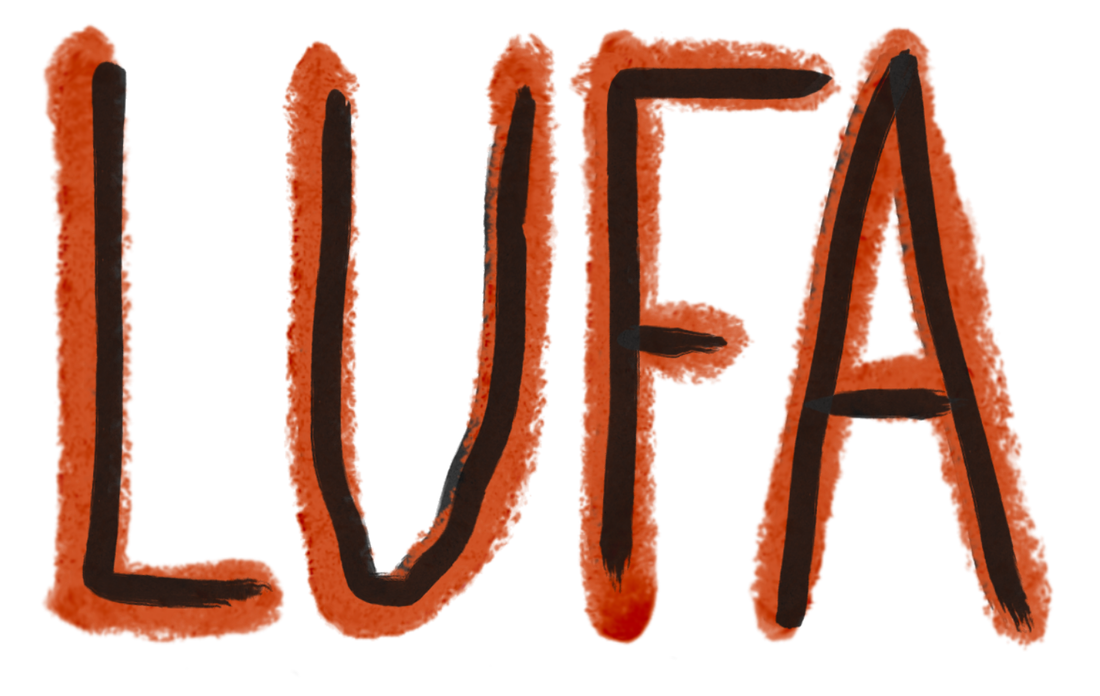There are multiple project on this page. Please scroll down to see them all. Projects listed in reverse-chronological order.
"Ships that pass in the night"
Personnel: Jess Vogt
Interdisciplinary research is hard, and it's made more difficult by the challenges of finding relevant literature to cite among the 2.5 million journal articles published every year. In this Letter to the Editor in press with Urban Forestry & Urban Greening, I use the fact that zero scholarly journal articles in common were cited by two January 2018 pieces (my own: Watkins, Vogt, et al. 2018 published in Cities, and Whitburn et al. 2018 published in Environment & Behavior) as an example of the potential pitfalls of inter- and transdisciplinary scholarship on the social benefits of urban greening. I conclude the commentary with several practical steps we can take as reflective and mindful researchers – steps I myself will be taking – to reduce the likelihood that important insights from the literature are missed during all phases of research.
Published article:
Vogt J (In press) “Ships that pass in the night”: Does scholarship on the social benefits of urban greening have a disciplinary crosstalk problem? Urban Forestry & Urban Greening. DOI: https://doi.org/10.1016/j.ufug.2018.03.010
Transdisciplinary Urban Forestry in the Anthropocene
Personnel: Jess Vogt, Lara Roman (U.S. Forest Service Northern Research Station Philadelphia Field Station); Leslie Brandt (U.S. Forest Service Northern Institute of Applied Climate Science); Paul Ries (School of Forestry, Oregon State University)
Urban forestry is the transdisciplinary science and practice of planting, maintaining, restoring, preserving, and stewarding trees, forests, greenspace, and natural areas in cities. Although ‘urban forestry’ is a relatively new term, people have attended to urban nature ever since there have been permanent settlements. However, the Anthropocene (1950-present) presents new challenges for urban forests, including climate change, novel pests and diseases, limited natural resources, rising urban populations, and more. Ensuring community livability through long-term provision of urban forest ecosystem services will become increasingly important in the future. This article will first define transdisciplinarity in the context of urban forestry, and then present four recent North American cases of transdisciplinary urban forestry in the context of the Anthropocene: collaborative neighborhood tree planting and care, civic engagement for tree inventory and monitoring, climate change vulnerability assessment and adaptation, and the ‘collective impact’ framework for coordinating regional urban forestry. We conclude by identifying potential challenges to transdisciplinarity and how these cases are managing these challenges.
Manuscript-in-progress:
Vogt J, Roman LA, Brandt L, Ries P (Manuscript in progress) Urban forestry for the Anthropocene: Transdisciplinary efforts for meeting new challenges.
Urban Forest & Arboriculture Educator Survey
Personnel: Jess Vogt, Rich Hauer (College of Natural Resources, University of Wisconsin-Stevens Point); Burney Fischer (Bloomington Urban Forestry Research Group [BUFRG] at Indiana University)
Urban forestry and arboriculture education comes in all different forms. From traditional schools of forestry that graduate Certified Foresters, schools of landscape architecture, horticulture and agriculture programs, and interdisciplinary departments of environmental science or studies (like here at DePaul), curricula on the science and management of trees and vegetation in cities, towns and communities is highly varied. Beginning in 2015, Jess conducted a survey of educators in urban forestry and arboriculture at institutions of higher education. The results of this survey--on the extent to which other fields and disciplines are considered important and are incorporated into curriculum--were published in the Journal of Environmental Studies and Sciences in 2016 (link to full text below), and Jess is currently working on a second manuscript focusing on the challenges of interdisciplinarity.
Publications: Most recent listed first. Titles link to full text or slides via ResearchGate where available.
Vogt J, Hauer RJ, BC Fischer (2015) “Involving students in urban forestry data collection and research.” Urban Tree Growth & Longevity Newsletter, Fall/Winter 2015.
Hauer R, Vogt J, Fischer BC (2015) Growing arboriculture and urban forestry: One student at a time. Arborist News, 24(5): 68-71.
Vogt J, Fischer BC, Hauer RJ (2016) Urban forestry and arboriculture as interdisciplinary environmental science: Importance and incorporation of other disciplines. Journal of Environmental Studies and Sciences 6:371-386. http://link.springer.com/article/10.1007/s13412-015-0309-x
Vogt J, Fischer BC, Hauer RJ (2015) The challenging and rewarding relationship between urban forestry and interdisciplinary environmental studies programs. Association for Environmental Studies and Sciences 2015 Conference: Confronting Frontiers, Borders, and Boundaries, June 24-27, 2015, San Diego, California, United States. (Presentation by J Vogt)



